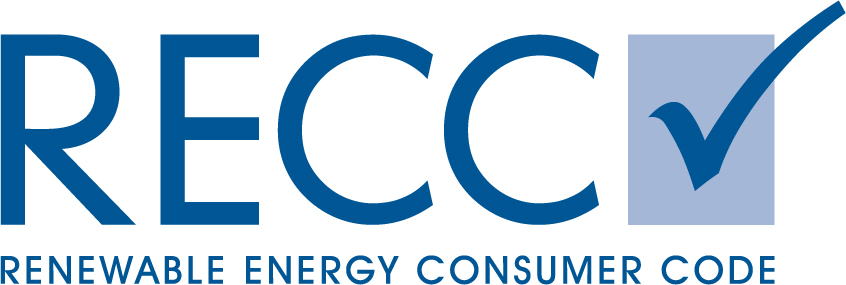Harnessing solar power through the installation of solar panels has become an increasingly popular way to reduce energy bills while promoting a greener, more sustainable environment. When considering a residential solar panel system, it’s essential to understand the different types of solar panels available and determine how many you need to install to effectively lower your energy bills. In this article, we’ll explore the various types of solar panels and discuss the factors influencing the number of panels required for your home.
There are three primary types of solar panels: monocrystalline, polycrystalline, and thin-film. Each type has its advantages and disadvantages, which can affect your energy savings and the number of panels you’ll need.
- Monocrystalline Solar Panels:
- These panels are made from single crystal structures, which make them highly efficient and space-saving.
- Monocrystalline panels are known for their sleek appearance and longevity.
- Due to their high efficiency, fewer monocrystalline panels are needed to generate the same amount of electricity compared to other types.
- Polycrystalline Solar Panels:
- Polycrystalline panels are made from multiple crystal structures, making them less efficient than monocrystalline panels.
- They are generally more affordable, making them a good choice for budget-conscious homeowners.
- You may need a larger number of polycrystalline panels to achieve the same energy output as monocrystalline panels.
- Thin-Film Solar Panels:
- Thin-film panels are the lightest and most flexible, making them suitable for unconventional installation methods.
- While they are less efficient than crystalline panels, they can be advantageous in certain situations.
The number of solar panels you need to install in your home largely depends on your energy consumption and location. Here are the key factors to consider:
- Energy Consumption: Start by evaluating your average monthly energy usage. The higher your consumption, the more solar panels you’ll need. Solar installers can help you determine this based on your utility bills.
- Location and Sunlight: Your geographic location and the amount of sunlight your area receives play a significant role. Areas with more sunlight require fewer panels to produce the same amount of energy.
- Panel Efficiency: As mentioned earlier, the type of panels you choose will affect the number you need. If you opt for high-efficiency monocrystalline panels, you’ll need fewer of them to meet your energy needs.
- Roof Orientation and Tilt: The orientation and tilt of your roof can impact how efficiently your panels capture sunlight. South-facing roofs with an ideal tilt angle usually yield the best results.
- Shading: Ensure that your solar panels are not heavily shaded by nearby trees or buildings. Shading can significantly reduce energy production, requiring additional panels to compensate.
- Energy Goals: Consider whether you aim to generate all of your energy needs or just a portion. Your goals will determine the number of panels you need.
To get an accurate estimate, it’s recommended to consult with a professional solar installer who can conduct a site assessment and design a system tailored to your specific requirements.
In conclusion, the type of solar panels you choose, along with your energy consumption and location, will influence the number of panels you need to lower your energy bills effectively. By carefully considering these factors and consulting with experts, you can install the right solar panel system for your home, reducing energy costs while contributing to a more sustainable future.






